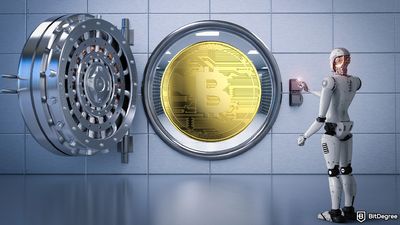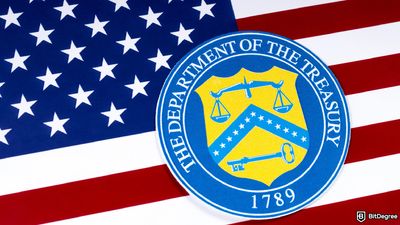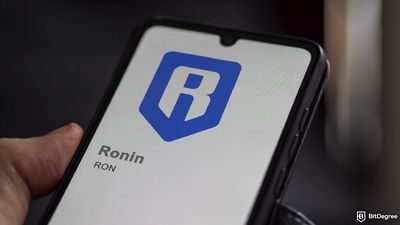Due to the latest popularity of Bitcoin Ordinals inscriptions, Bitcoin's on-chain transaction fees have surged to a 20-month high, with the average transaction fee reaching almost $40 as of December 17th.
This increase in fees has sparked a debate within the cryptocurrency community about their sustainability.

Did you know?
Want to get smarter & wealthier with crypto?
Subscribe - We publish new crypto explainer videos every week!
What is Yield Farming in Crypto? (Animated Explanation)


Bitcoin's mempool, which represents the unconfirmed transaction backlog, has grown significantly, with nearly 300,000 transactions awaiting confirmation.
While many users are frustrated by the high fees, some influential figures in the Bitcoin space argue that this is a glimpse into the future.
They believe that transaction costs in the double digits are a sign of Bitcoin's growing popularity and that to address this issue, users should turn to layer-2 solutions like the Lightning Network.
Popular commentator, Hodlonaut emphasized this perspective on X (previously Twitter), stating:
Fees are currently artificially and temporarily high due to JPEG clownery, but it is nothing more than a glimpse into the future. Scaling doesn't happen on L1.
He went on to argue that demanding low fees for "Level 1" transactions is counterproductive to Bitcoin's long-term success.
Bitcoin veteran Adam Back echoed this sentiment, emphasizing the importance of expanding layer-2 capabilities and not relying solely on miner fee incentives:
Despite the controversy surrounding high fees, Bitcoin miners are reaping the benefits. Data shows that miner revenue, which includes block subsidies and fees in USD, has reached levels not seen since Bitcoin's all-time high of $69,000 in November 2021.






















